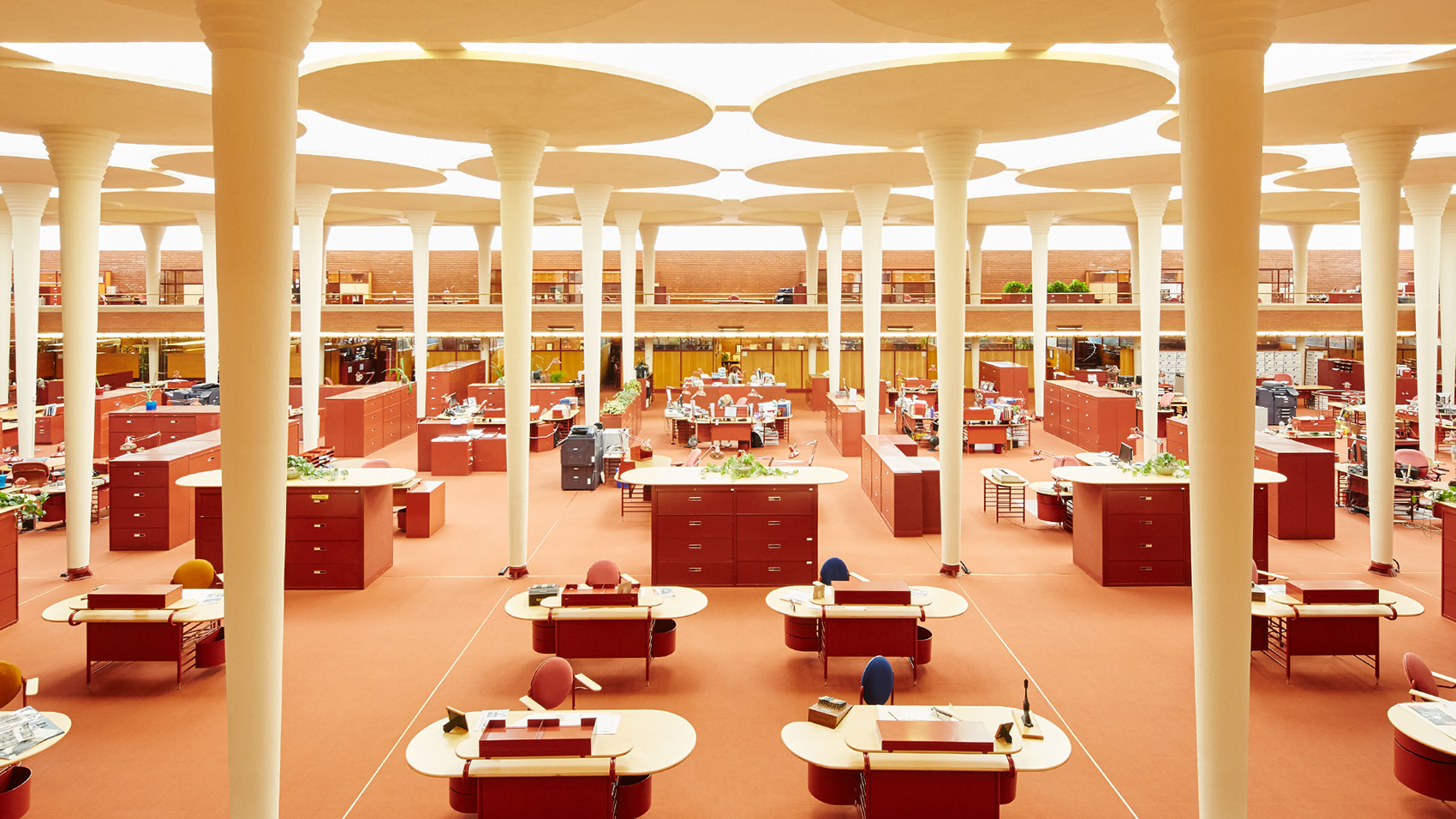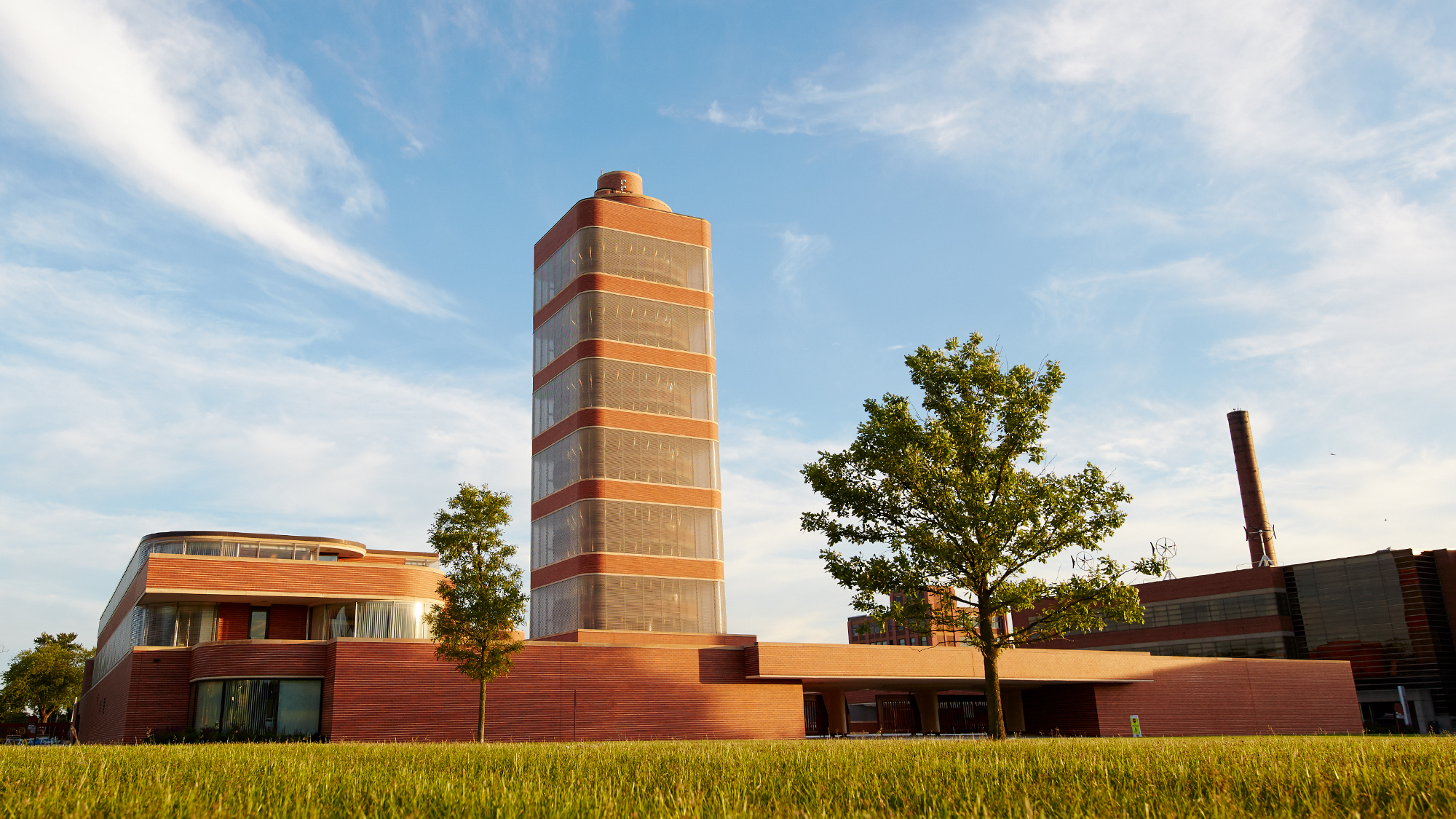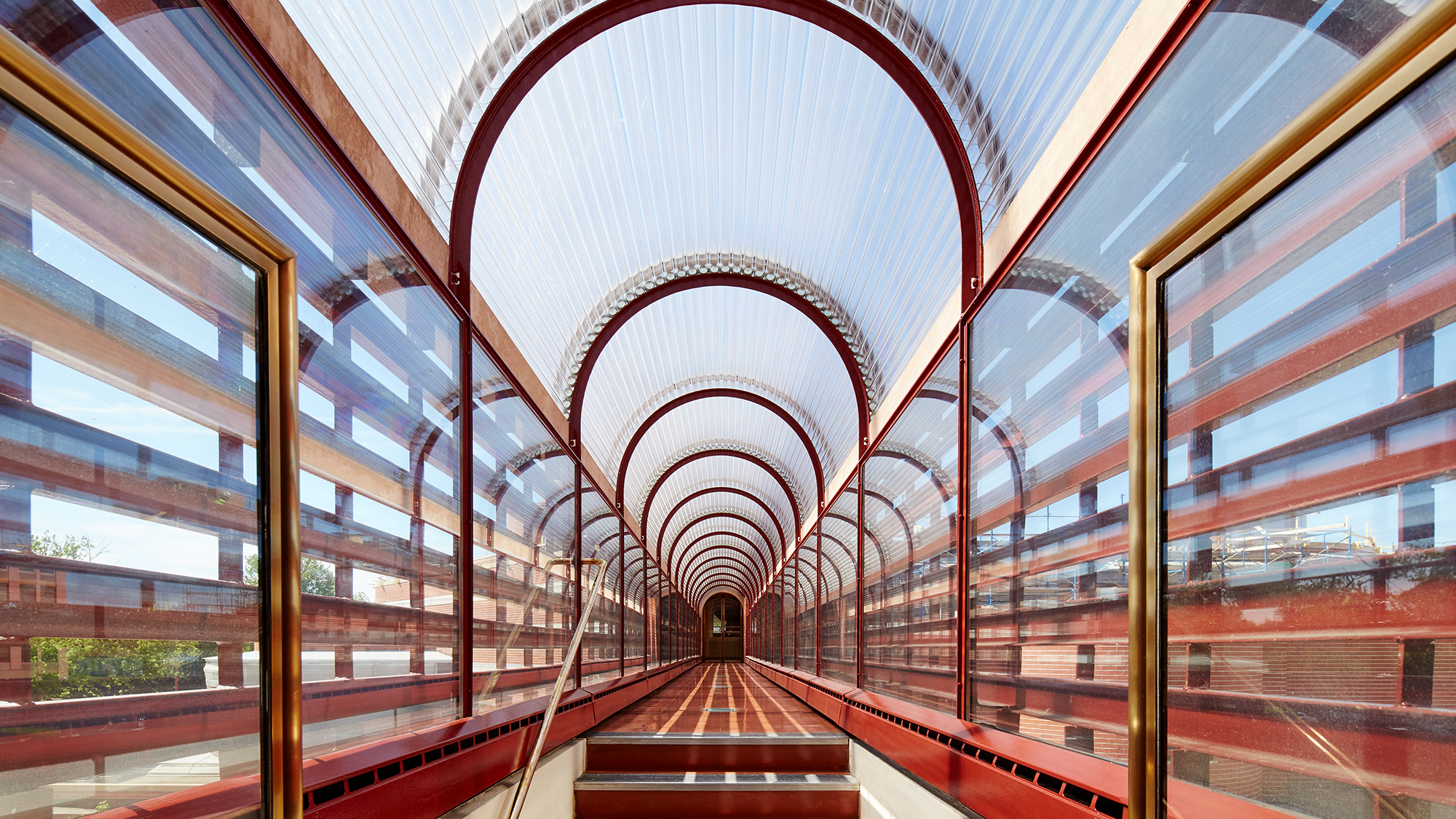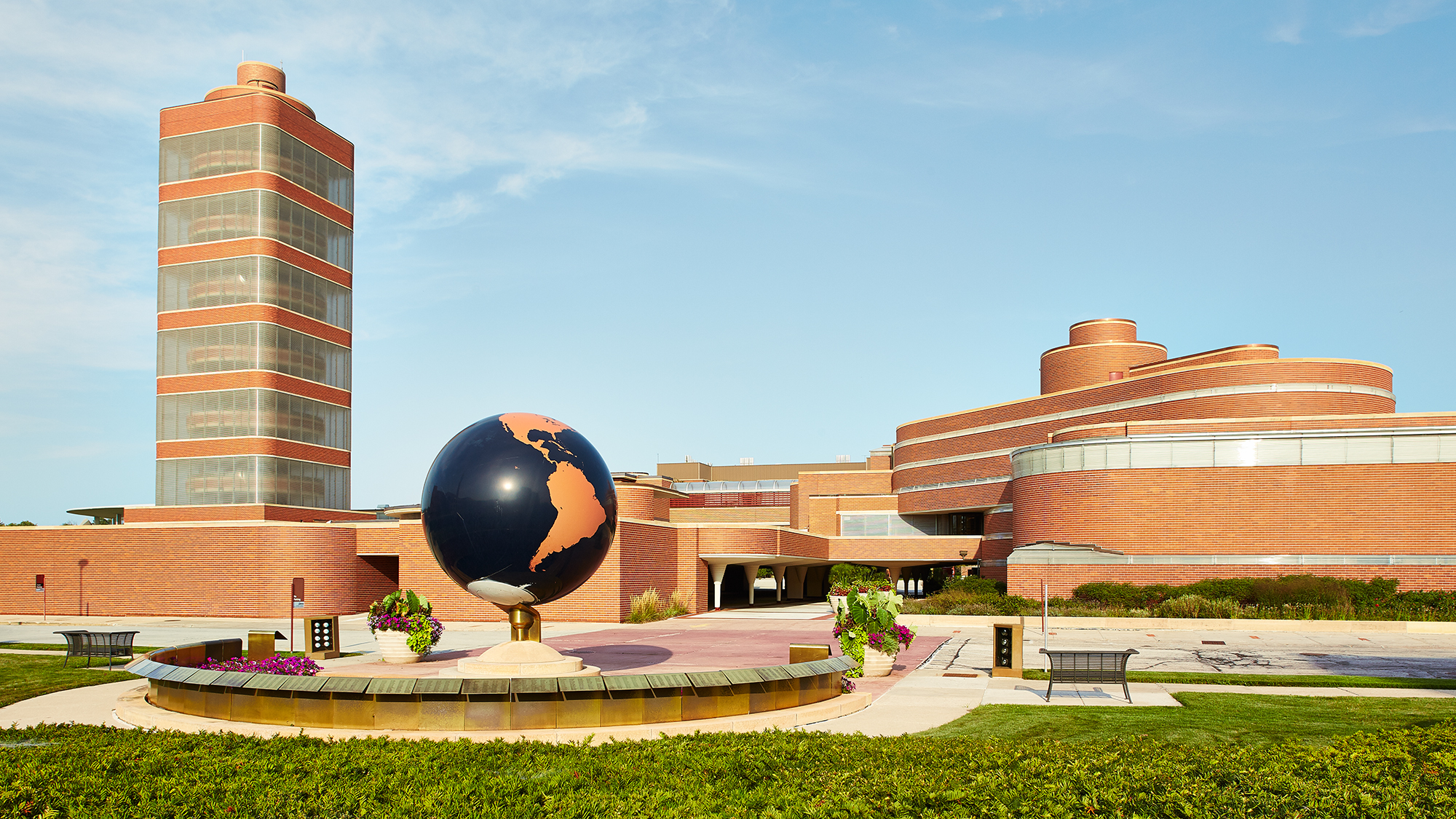Tours & Architecture

More to Inspire
From our Frank Lloyd Wright-designed buildings to Fortaleza Hall and the colourful plane that soars within it, a visit to SC Johnson shows how our workplace is designed to inspire.
Our Architecture, Campus Tours & Films
Love great architecture? You should visit! Since 1939, our SC Johnson buildings have become essential destinations for people who appreciate great design.
To ensure the safety of guests and employees, SC Johnson will continue to pause in-person tours and programmes at its global headquarters campus.
Given concerns around COVID-19, we do not have a determined date for when in-person programming will resume. We will continue to provide updates on Facebook at Visit SC Johnson.
 Our Architecture
Our Architecture
 Tours & Films
Tours & Films
 Virtual Tours of SC Johnson’s Global Headquarters
Virtual Tours of SC Johnson’s Global Headquarters
